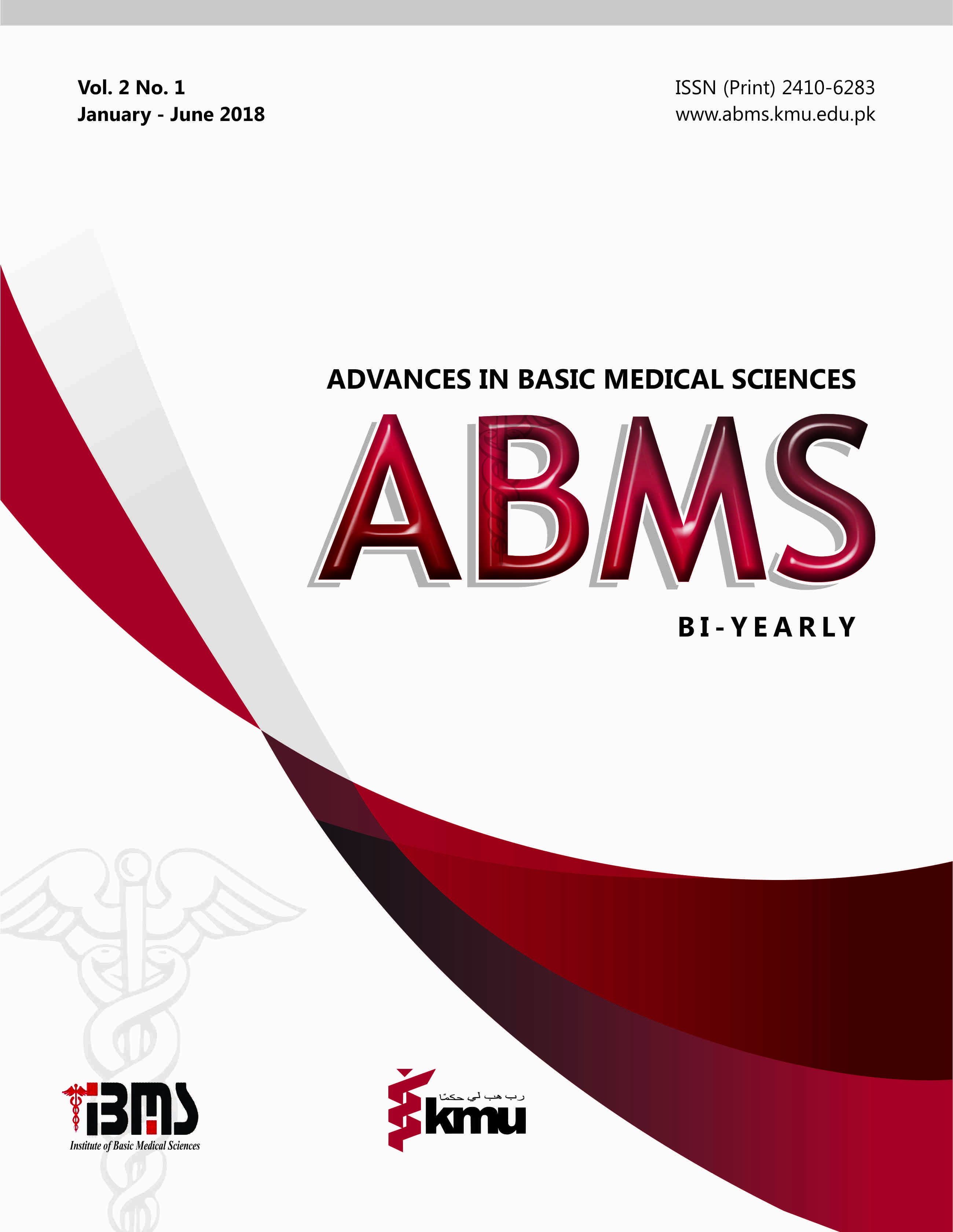Effect of Sidr (Beri) honey on reduction of post tonsillectomy pain in children: a randomised controlled trial.
Abstract
Introduction: The most important complaint reported following tonsillectomy is pain. Acetaminophen and non-steroidal anti-inflammatory drugs are mostly used for relieving pain. Honey is used for wound healing since ages. We compared the effectiveness of acetaminophen and acetaminophen plus honey in relieving post-tonsillectomy pain.
Methods: It was a prospective, randomised controlled trial conducted in ENT department of CMH Kharian. 220 children undergoing tonsillectomy were randomised to either receiving acetaminophen or acetaminophen plus honey for 7-10 days. Visual analogue scale (VAS), Verbal rating scale (VRS) and Numerical rating scale (NRS) were used to record post-op pain. Age, pain scores on VAS and post-op day of pain relief were compared between the two groups by independent sample t test. Post operation pain relief was defined as pain less than 3 on VAS.
Results: The participants were between 6-15 years with mean age of 9.9 ± 2.15 in honey group and 10.3 ± 2.28 in control group (p=0.181). On the day of operation pain was almost same in both the groups (6.85 ± 1.07 in honey vs 6.83 ± 1.08 in control). From first post operation day onwards pain was significantly less in honey group as compared to control (5.30±1.19, 5.83 ± 1.08, p= 0.001). Post-op pain relief was also earlier in the honey group (6.13±1.85 days) as compared to control (7.42 ± 1.13, p= <0.001).
Conclusion: Following tonsillectomy in children, oral honey administration is helpful in relieving post-op pain. Honey administration should be started as soon as possible after tonsillectomy.
Downloads
Published
How to Cite
Issue
Section
License
Copyright (c) 2018 Muhammad Omar Malik

This work is licensed under a Creative Commons Attribution-NonCommercial 4.0 International License.
Readers may “Share-copy and redistribute the material in any medium or format†and “Adapt-remix, transform, and build upon the materialâ€. The readers must give appropriate credit to the source of the material and indicate if changes were made to the material. Readers may not use the material for commercial purpose. The readers may not apply legal terms or technological measures that legally restrict others from doing anything the license permits.


 Â
  .   Â
. Â Â Â 
 Â
 

